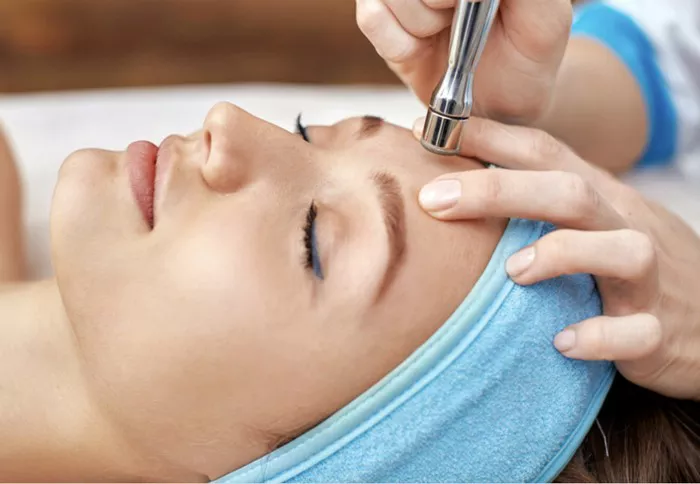Facial threads, also known as thread lifts or non-surgical facelifts, have become an increasingly popular cosmetic procedure in recent years. The procedure involves the insertion of small threads under the skin to lift and tighten sagging skin. While facial threads are marketed as a non-invasive alternative to facelift surgery, there is some debate over their effectiveness. In this article, we will explore the effectiveness of facial threads and provide insight into the risks and benefits of the procedure.
What are Facial Threads?
Facial threads are thin, biodegradable threads that are inserted under the skin to lift and tighten sagging skin. The threads are made from materials such as polydioxanone (PDO) or polylactic acid (PLA), which are gradually absorbed by the body over time.
The procedure involves the insertion of the threads through small incisions in the skin. The threads are then pulled tight to lift and tighten the skin, and the excess thread is trimmed away. The procedure typically takes less than an hour and can be performed under local anesthesia.
Effectiveness of Facial Threads
The effectiveness of facial threads is a subject of debate among cosmetic surgeons and patients. While some patients report positive results, others have reported little to no improvement in their appearance.
One study published in the Journal of Cosmetic Dermatology found that facial threads were effective in improving skin laxity and reducing the appearance of wrinkles. However, the study also noted that the results were temporary and that patients may require additional treatments to maintain their results.
Another study published in the Aesthetic Surgery Journal found that facial threads were effective in lifting and tightening the skin, but that the results varied depending on the technique and the skill of the surgeon.
Risks and Benefits of Facial Threads
Like any cosmetic procedure, facial threads come with both risks and benefits.
One of the main benefits of facial threads is that they are a non-invasive alternative to facelift surgery. The procedure can be performed in a doctor’s office and does not require general anesthesia or a lengthy recovery period.
However, facial threads also come with some risks. The procedure can cause bruising, swelling, and discomfort, and there is a risk of infection or scarring. In addition, the results of the procedure are not permanent and may require additional treatments to maintain.
It is also important to note that facial threads are not suitable for everyone. The procedure is typically recommended for patients with mild to moderate skin laxity, and it may not be effective for those with more severe sagging or wrinkles.
Alternatives to Facial Threads
There are several alternatives to facial threads that may be more effective for certain patients.
One alternative is a traditional facelift, which involves the removal of excess skin and tightening of the underlying muscles. While a facelift is a more invasive procedure than facial threads, it can provide longer-lasting results.
Another alternative is injectable treatments such as Botox or dermal fillers. These treatments can help to reduce the appearance of wrinkles and restore volume to the face.
In addition, there are several non-invasive treatments that can help to improve the appearance of the skin, such as chemical peels, microdermabrasion, and laser therapy.
Choosing a Qualified Provider
If you are considering facial threads or any other cosmetic procedure, it is important to choose a qualified provider. Look for a board-certified cosmetic surgeon with experience in the procedure you are considering. Ask to see before-and-after photos of their previous patients and read reviews from other patients.
In addition, be sure to discuss your goals and expectations with your provider. They can help you determine whether facial threads or another procedure is the best option for you.
Conclusion
In conclusion, facial threads are a non-invasive alternative to facelift surgery that can be effective in lifting and tightening sagging skin. While the procedure has been shown to be effective in some studies, the results are temporary and may require additional treatments to maintain.
Facial threads also come with some risks, including bruising, swelling, and discomfort, and they may not be suitable for everyone. Patients should carefully consider the risks and benefits of the procedure before deciding whether it is right for them.
Alternatives to facial threads include traditional facelift surgery, injectable treatments, and non-invasive treatments such as chemical peels and laser therapy. Patients should discuss their options with a qualified cosmetic surgeon to determine the best course of treatment for their individual needs.


